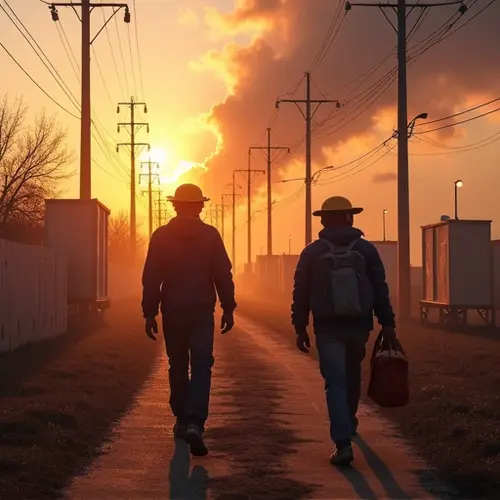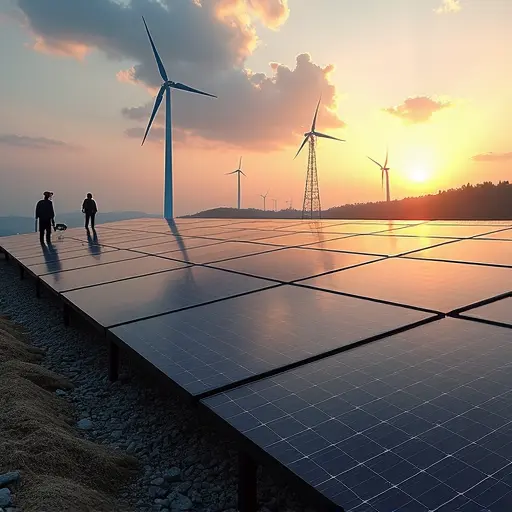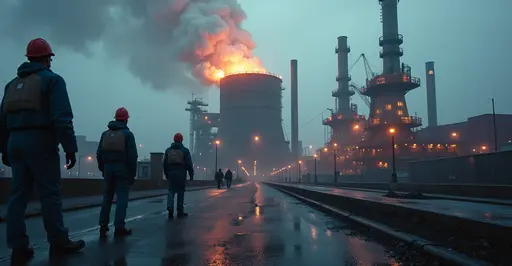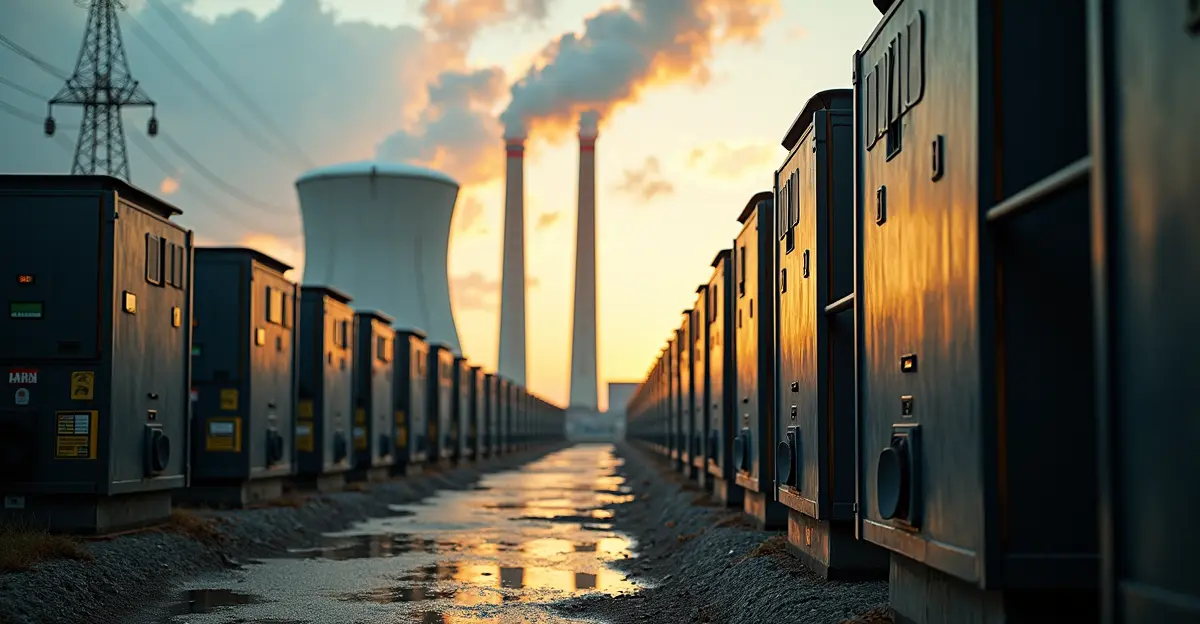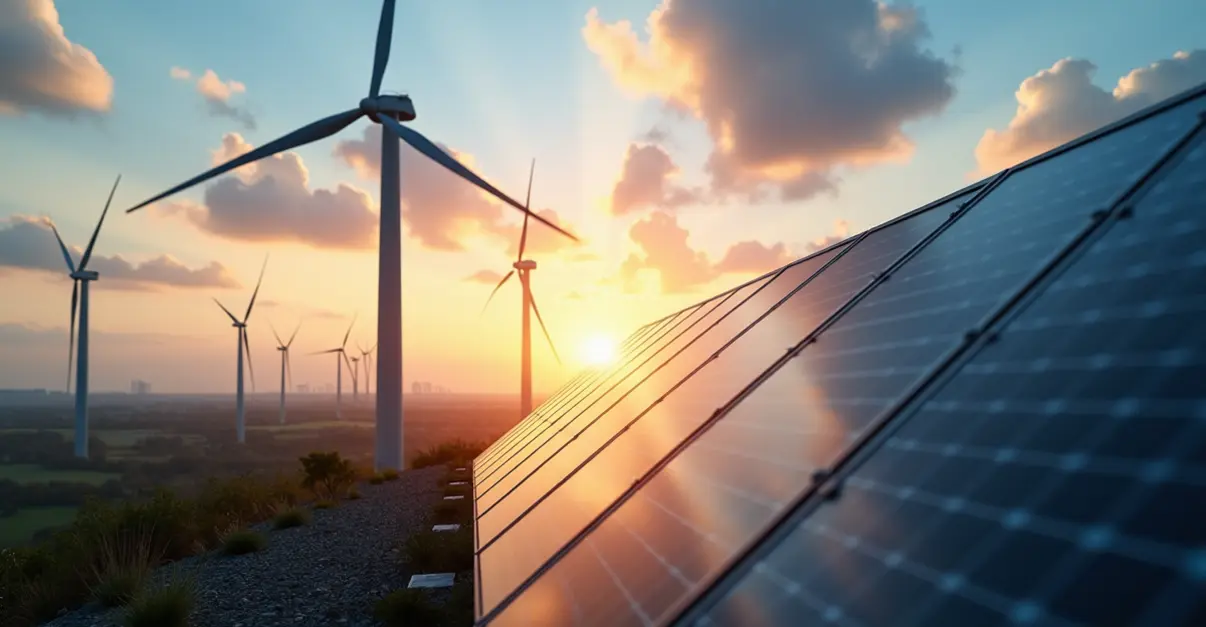Utilities worldwide are reassessing coal phase-out timelines due to grid stability concerns, stranded asset risks, and rising electricity demand from AI. Policy deadlines face practical implementation challenges as companies balance environmental goals with energy reliability.
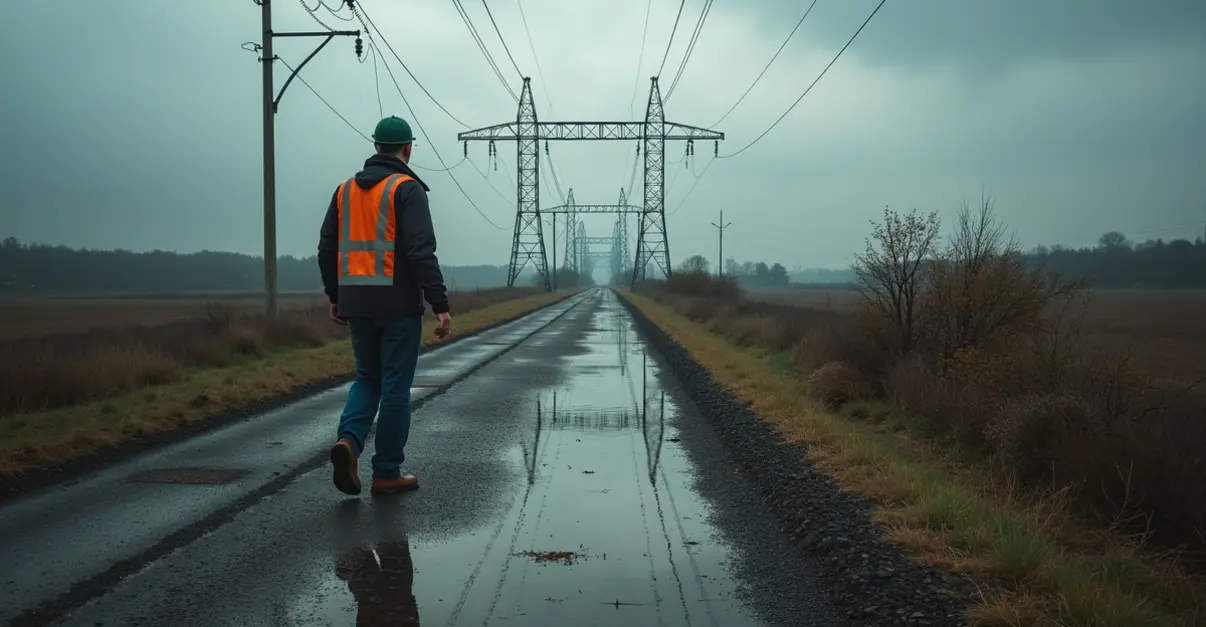
Global Coal Transition Faces New Reality Check
Electric utilities worldwide are re-evaluating their coal phase-out schedules as grid stability concerns and stranded asset risks create complex challenges for the energy transition. What was once seen as a straightforward path toward decarbonization has become a delicate balancing act between climate commitments and energy reliability.
Stranded Assets Loom Large
The financial implications of premature coal plant retirements are becoming increasingly apparent. 'We're looking at billions in stranded assets if we move too quickly without proper replacement infrastructure,' says energy analyst Dr. Michael Chen from the Global Energy Institute. 'Utilities face the difficult choice between environmental responsibility and financial stability.'
According to recent data from the U.S. Energy Information Administration, planned coal retirements will reach 8.1 gigawatts in 2025, representing 4.7% of the total U.S. coal fleet. However, this acceleration comes with significant financial consequences for utility companies and their customers.
Grid Stability Concerns Mount
The rapid growth in electricity demand, particularly from artificial intelligence and data centers, is forcing utilities to reconsider their retirement schedules. 'We're seeing unprecedented pressure on grid reliability,' explains Sarah Johnson, grid operations director at a major utility. 'The AI boom requires massive computational power, and we need to ensure we can meet that demand while transitioning to cleaner energy.'
A recent Reuters report highlighted how U.S. authorities are urging utilities to delay coal plant retirements to support the expanding AI industry, creating tension between technological advancement and environmental goals.
Policy Deadlines vs. Practical Realities
State-level coal phase-out policies are facing implementation challenges. The State Climate Policy Dashboard shows that while several states have established ambitious targets - including Washington's 2025 deadline and Oregon's 2030 mandate - utilities are struggling with the practical realities of meeting these goals.
'Policy deadlines are essential for driving change, but they must be balanced with grid reliability considerations,' notes environmental policy expert Maria Rodriguez. 'We're seeing utilities request extensions and modifications to phase-out schedules as they encounter unexpected technical and economic hurdles.'
Innovative Approaches to Retirement Planning
New research is providing more sophisticated tools for managing the coal transition. A groundbreaking Nature Energy study introduces a 'contextual retirement vulnerability' score that helps identify which plants are most suitable for early retirement based on multiple factors.
'Our framework allows for more targeted retirement strategies rather than one-size-fits-all approaches,' explains lead researcher Dr. James Wilson. 'By understanding each plant's unique characteristics and vulnerabilities, we can accelerate the transition while minimizing grid disruption and financial impacts.'
Global Implications and Variations
The challenges facing U.S. utilities reflect broader global trends. While Europe continues its steady coal phase-out, Asia presents a more complex picture. China, which accounts for over half of global coal-fired electricity generation according to Wikipedia data, continues to build new coal capacity even as it expands renewable energy.
'The global energy transition is not happening at the same pace everywhere,' observes international energy consultant Kenji Tanaka. 'Developing nations face different economic and energy security considerations that complicate their transition timelines.'
Looking Ahead: Balancing Multiple Priorities
As utilities navigate these complex challenges, they're developing more nuanced approaches to coal retirement. Many are implementing phased retirement strategies, converting some plants to natural gas, and investing heavily in renewable energy and grid modernization.
'The key is finding the right balance between environmental goals, economic realities, and energy security,' concludes utility CEO Robert Williams. 'We're committed to the transition, but we must ensure it happens in a way that maintains reliable power for our customers and protects their financial interests.'
The coming years will test whether utilities can successfully manage this delicate balancing act while meeting both climate commitments and energy reliability requirements.

 Nederlands
Nederlands
 English
English
 Deutsch
Deutsch
 Français
Français
 Español
Español
 Português
Português




